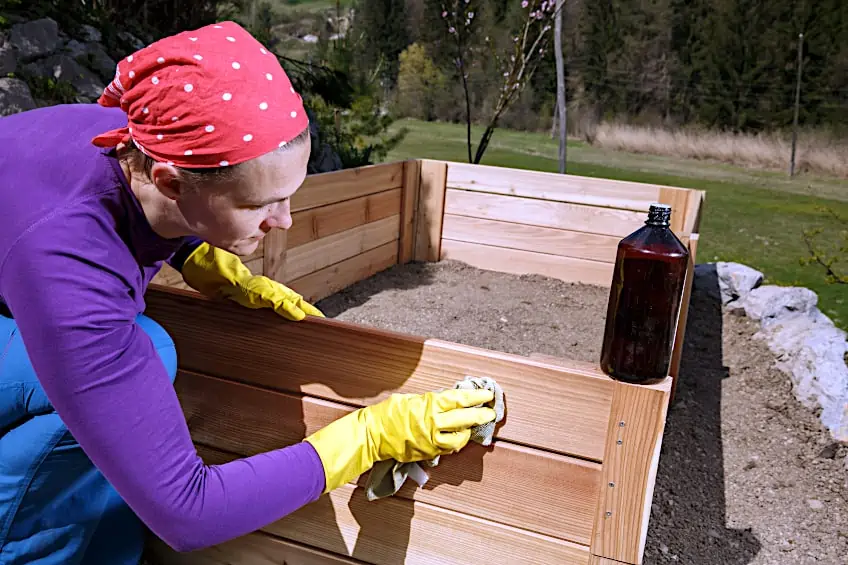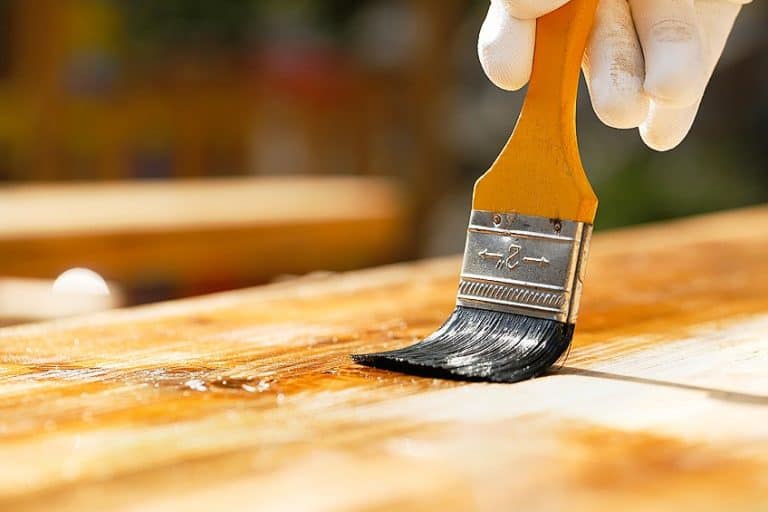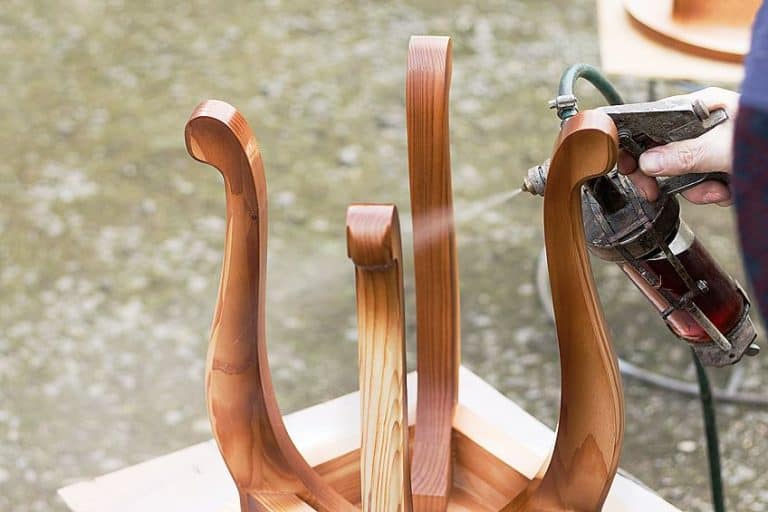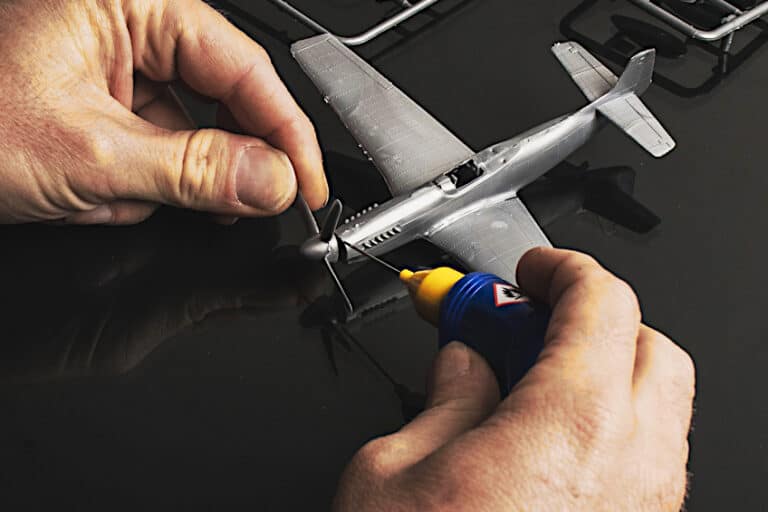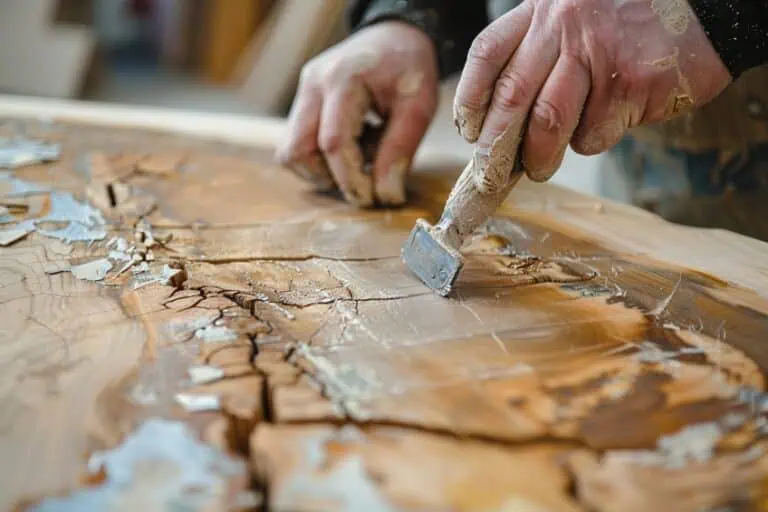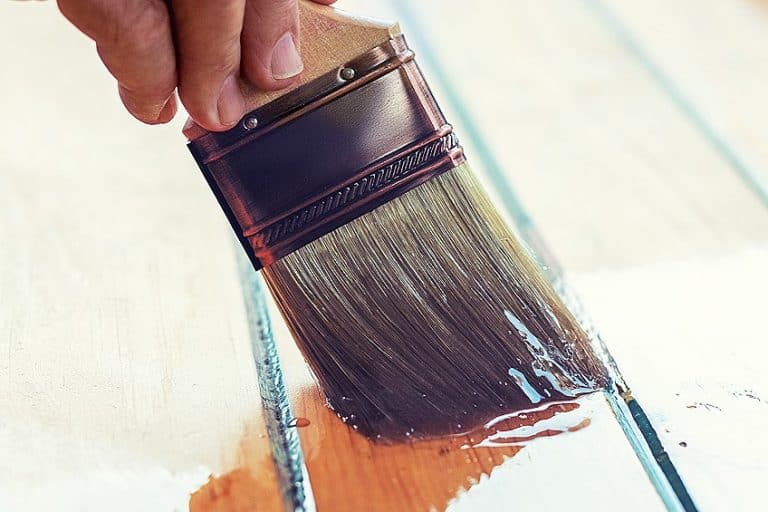How to Use Boiled Linseed Oil – Fast-Drying Flax Oil Applications
It can prove challenging to select a finish for your wooden workpiece, due to there being so many options to choose from when selecting paint or sealer. When finishing off your wood-craft project, paints and sealers are not your only options. For years, an amazing alternative to standard surface coatings such as paint has been to use wood treatment oils such as tung oil. Not only do these oils offer a stunning sheen to your workpiece, but they are easy to apply, and if maintained properly, can last a lifetime. Of the aforementioned oils, boiled linseed is up there among the most popular, so in this article, we will look at what boiled linseed oil is, how it is different from normal linseed oil, what it does to a wooden surface, and a few other uses for boiled linseed oil.
What Is the Difference Between Boiled Linseed Oil and Regular Linseed Oil?
Before we look at how regular linseed oil and boiled linseed oil differ, it is a good idea if you have an idea of what linseed oil is in terms of a substance. Linseed oil is made from the seeds of a flax plant. Linseed oil has been used for hundreds of years, across different civilizations and cultures as a reliable, hard-wearing, finish for wooden surfaces.

Linseed oil has a clear appearance, but when held up to direct sunlight, while stored in a glass container, it shows a yellowish tint. How do you transform flax plant seeds into linseed oil? The seeds need to be completely reduced and refined, or squeezed to make the oil we know and love. So, what can linseed oil be used for?
There are many uses for linseed oil. It can be combined with paint (creating an oil-based paint), to seal concrete, and in the production of linoleum, soaps, and inks. Linseed oil is of course used to treat brick, wood, and even metal surfaces. It is easy to see why this is known as one of the most versatile natural substances available, thanks to all the uses for linseed oil.
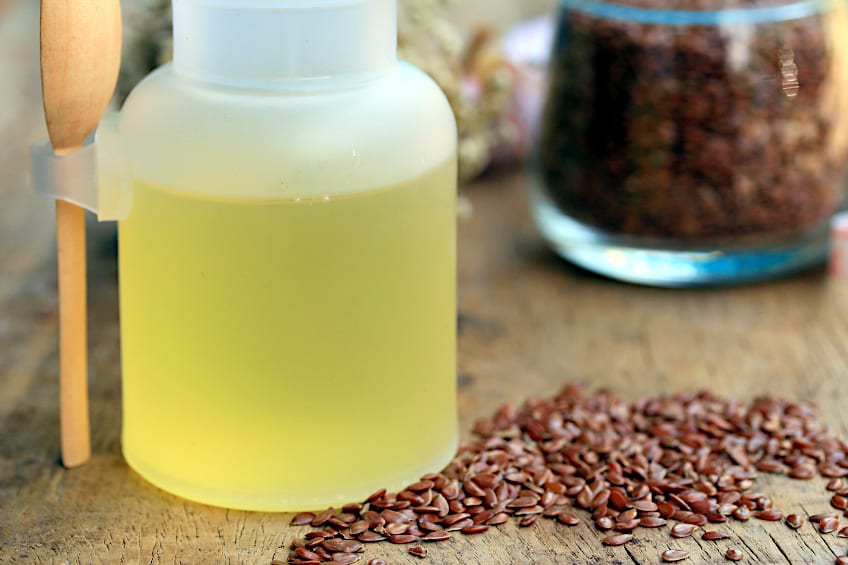
Keep in mind that linseed oil is in no way perfect, particularly the raw variety. What are its flaws, you may wonder? Sadly, linseed oil is not the most robust treatment available and can be damaged or scratched with ease by moderate abrasions and impacts. You will also need to regularly maintain treated workpieces to ensure that their finish does not begin to flake away or fade.
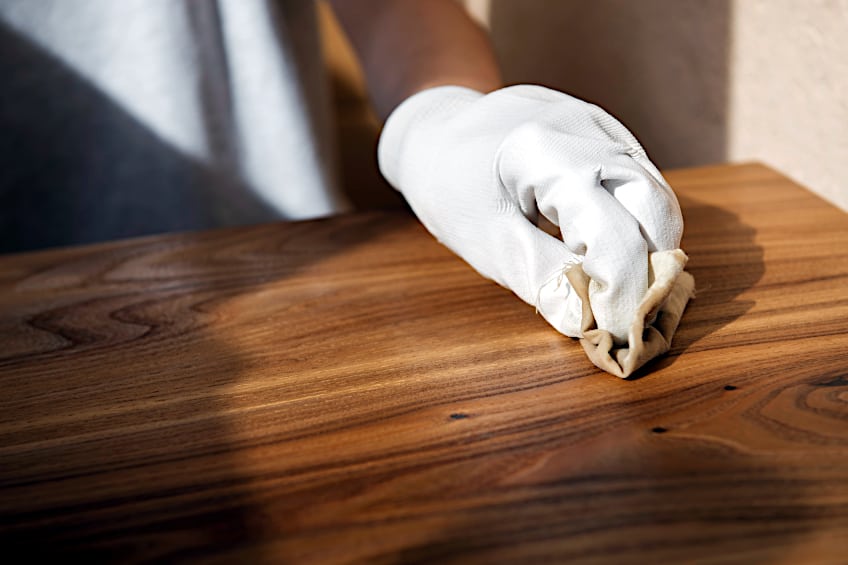
It is so easy to maintain that you can simply sand away or buff down any damage to workpieces treated with oil, after which more linseed oil can then be applied to repair the once damaged area. There are not many finishes available that provide that level of convenience of repair. This is one of the many reasons that so many crafters swear by this oil.
So what is the difference between ordinary linseed oil and boiled linseed oil? Simply put, raw linseed oil is completely natural and ideally contains no additives. It does, however, take a significant amount of time to dry and cure, especially if you are located in a colder climate. Boiled linseed oi is essentially linseed oil with additives. Despite the name, it is not boiled at all. Boiled linseed oil has chemicals added to it designed to make it dry faster in an oxygen-rich environment.

So, if you are working on a time-sensitive project then boiled linseed oil is ideal, but this form of linseed oil does come with its drawbacks. The chemical that accelerates its drying time is unfortunately extremely flammable, therefore boiled linseed oil must be stored as instructed or it could spontaneously combust. As you can imagine, something exploding is not a good thing, but we all have things like gas and propane in the home, so as long as you exercise caution and are diligent you should be completely fine. At the end of the day, boiled linseed oil makes things significantly easier if you do not have loads of time to wait for your workpiece to dry and cure.
How to Use Boiled Linseed Oil
Boiled linseed oil can be an amazingly versatile and useful tool to use, but if you do not have the necessary knowledge of how to use boiled linseed oil effectively you will in all likelihood end up with a poor finish, and you will be forced to have to re-treat your whole workpiece. It will end up being a very time-consuming learning curve, and will not be fun. We have put together the details of how to use boiled linseed oil effectively now that you have a good understanding of what it is and what its applications are.
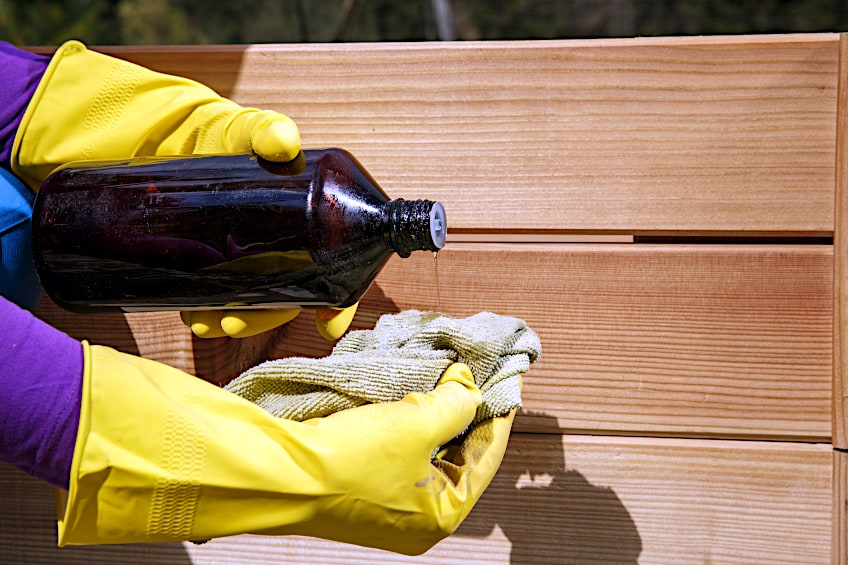
Prepare Your Workspace and Implement Safety Precautions
As previously mentioned, boiled linseed oil is very flammable, so it is important that we first show you how to handle boiled linseed oil safely. This involves preparing your workspace to make up for any potential accidents, but how do you do this? To begin with, ensure that your workspace has adequately ventilated so that any fumes will dissipate instantly.

Make sure that your rollers and/or rags that have been used to apply your boiled linseed oil finish are not discarded in the trash or simply scrunched up, but are rather stored flat. The reason for this is that in high density, linseed oil cloths will heat up quite quickly, and should there be any accelerants close by it can result in spontaneous combustion.
In terms of your tools, your hammers or chisels with wooden handles and your sandpaper will need to be stored separately from your boiled linseed oil. Your workpiece is even a possible risk, so when you have finished applying your boiled linseed oil finish, ensure that you allow your workpiece to dry out in a space with a relatively consistent airflow that is free from any potential kindle and/or accelerants before using it.

Lastly, as previously mentioned, boiled linseed oil contains chemicals to accelerate its drying time. Because of this, you must always wear a face mask, eye protection, and a pair of gloves when working with it. Remember to lay down some tarp across the surface of your workbench and on the floor in case of drips and spills.
Prepare Your Workpiece
Before we go through the details of how to apply boiled linseed oil, you must prepare your workpiece to guarantee the best finish possible. While this preparation is for boiled linseed oil, it is also relevant when using like varnish and tung oil too. The initial steps in the preparation process require you to sand down and dust your workpiece applying any treatment product.
You may wonder why it is necessary to sand down your surface? Over time, things like grime and dust tend to build up on the surface of your workpiece. So, once you have wiped down your workpiece with a damp cloth you can tackle the surface with a power sander or some sandpaper. When the workpiece has completely dried, you can use your sandpaper to sand down the surface of your workpiece. Do your best to ensure that you are sanding with the grain of the wood and not across it.

If the workpiece that you are sanding is rectangular, we recommend that you sand it down in the direction of the length of the board. This will allow you to have a uniform finish across the surface. If your workpiece is irregularly or circular shaped, we suggest you sand from the center of the board out towards the edges. This will provide you with great consistency and limit the risk of unevenness. When you are happy with your sanding job, you can clear away any debris from your workpiece either using some compressed air or a cloth.
Apply Your Linseed Oil
Now for the best part! You can begin applying your boiled linseed oil to your workpiece. Put some linseed oil onto your roller or rag and apply it to the surface of your workpiece. Before you begin to rub the oil into the workpiece there are a few aspects that can make the task a lot easier and ensure that clean-up will be a breeze.
We recommend that you decant some of the boiled linseed oil into a dispenser. In doing so, you will not have to dip your cloth straight into the oil container, which could potentially contaminate your oil with dust or debris. Take care what type of container you use, as you should not use a plastic container to store linseed oil in for too long, as the plastic will disintegrate over time, leaving you with a very nasty spill. Simply decant the quantity you think you will need (you can always pour out more as needed).
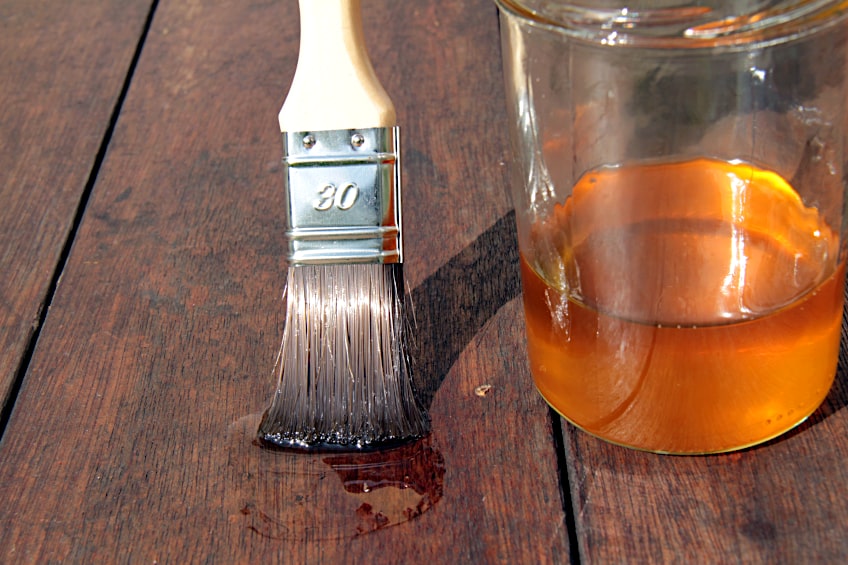
When you are happy with the amount you have loaded onto your roller or rag, you can get started. Much like when sanding, if you are working with a rectangular or square workpiece, we suggest you begin at one end of your workpiece and move across to the other end. To make the processes even easier you can divide your workpiece into sections and complete one area at a time. This is a great process to follow, especially if you are working with a large workpiece.
How Many Coats of Boiled Linseed Oil Should You Apply?
You may be wondering how many coats of boiled linseed oil you should use? This isn’t an easy question to answer, considering that the quantity of linseed oil that you need to apply to a given workpiece is dependent on not just the type of material it is made of, such as metal or wood, but also depends on the specific species or type of the material in question. You may wonder why this is important.

When dealing with wood, different species react differently when treated with boiled linseed oil. This is because different wood species vary a lot in terms of their density and porosity. The wood’s density impacts its ability to absorb the boiled linseed oil. With this in mind, you will need to apply roughly one to three layers of boiled linseed oil to the surface of your wooden workpiece.
When working with metal, it is a little different. The majority of metals that boiled linseed oil will be applied to are not porous and therefore it will be necessary to apply several coats of linseed oil to achieve the desired effect. What impact does boiled linseed oil on metal have? Much like when linseed oil is applied to wood, boiled linseed oil will provide protection to metal surfaces from natural oxidation.
Boiled Linseed Oil vs. Tung Oil
One of the most common choices that need to be made in the woodworking or crafting community is the decision between boiled linseed oil vs. tung oil. While there may not actually be a tung oil vs boiled linseed oil debate, it is interesting to determine which of these natural oils are best suited for a given application or a particular type of material. We have put together a quick explanation of each oil type so that you can choose between them, and determine which one is best suited for your next woodworking project.

Boiled Linseed Oil
There is hardly any difference between boiled linseed oil and raw linseed oil. They are both derivatives of flax seed with the only noticeable difference being that the former is synthesized with chemicals to allow it to dry quicker than the conventional kind. Linseed oil is applied to enhance the aesthetic of metal and wooden workpieces while also offering a layer of protection. In addition, it also keeps away potential damage as a result of heat, impact, abrasion, and moisture. Linseed oil is the go-to when protecting musical instruments such as violins.

While the chemicals in boiled linseed oil can smell quite unpleasant. While boiled linseed oil is not toxic, and you can work with it without wearing a face mask, we do not recommend it, as it may still cause some respiratory discomfort. The effect of boiled linseed oil on metal and wood in terms of aesthetics is similar to raw linseed oil. It creates a satin finish that can vary in intensity with time depending on the environment your workpiece is exposed to and the type of metal or wood it is used on.
Tung Oil
Tung oil is just as popular as linseed oil and its use follows the same path throughout history. Tung oil originated in Eastern Asia from the seed of the tung tree and has been used for many years to treat an assortment of surfaces in the interest of improving the aesthetic and increasing longevity.

Many crafters feel that tung oil is the superior choice when looking at the two wood treatments, this is due to the fact that tung oil is completely natural and offers the same characteristics as boiled linseed oil without any drawbacks. Tung oil does not yellow with time and is a completely clear substance, both aspects that boiled linseed oil and regular linseed oil do not possess.
This being said it can prove to be quite challenging to find a brand of tung oil that is completely pure as a lot of manufacturers do not mention the addition of preservatives or quick-drying chemicals on the product packaging. When buying tung oil you will have to do some research to clarify the authenticity of particular brands’ claims if you require 100% natural tung oil.
| Boiled Linseed Oil | Tung Oil |
| Has a yellow tint | Is completely clear |
| Dries quickly | Can take up to 72 hours to dry |
| Contains fast drying agents | Typically, 100% natural |
| Needs to be maintained often | Highly durable |
| Moderate water resistance | Relatively high water resistance |
| Requires two to three coats | Requires three to five coats |
| Relatively affordable | Relatively Expensive |
| Not food safe | Food safe |
Linseed Oil vs. Boiled Linseed Oil
There is not too much to talk about if you were to do linseed oil vs. boiled linseed oil debate. The main difference between the two is that boiled linseed oil has chemicals that allow it to dry quicker and as a result, it is highly flammable under certain conditions. The presence of these chemicals does mean however, that you cannot use boiled linseed oil on wooden implements and surfaces where you will be serving or preparing food. In such situations, you should only use raw linseed oil, as it is not just food-safe, but entirely edible. However, you can use boiled linseed oil as opposed to regular linseed oil you will not see any noticeable differences in the aesthetic finish of a workpiece.
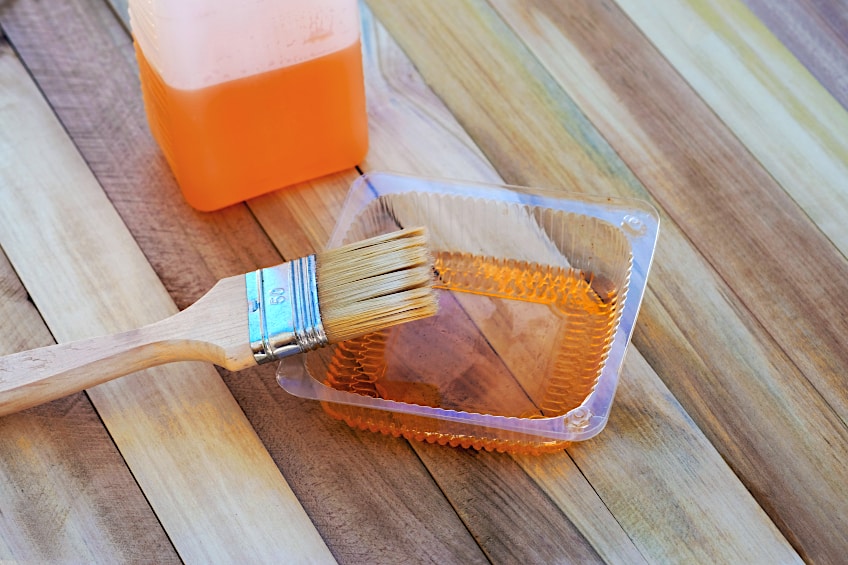
While there may be considerable differences in the finish depending on which brand you have selected to use, there is only a slight difference in the finish color tone being noticeable when using either conventional linseed oil or boiled linseed oil from the same brand. We do, however, suggest you consult customer reviews and crafting forums before you make a purchase to assist you in selecting a brand that will provide you a specific finish with either of these types of linseed oils.
Now that you have a clear understanding of what boiled linseed oil is, how it differs from regular linseed oil, some of the dangerous aspects linked to it, the difference between boiled linseed oil and tung oil, and some of the hazardous aspects linked to boiled linseed oil, it is time for you to get out there and put your knowledge to the test. It is important that you always wear the necessary personal protective gear when working with boiled linseed oil and that your work area has good ventilation.
Frequently Asked Questions
Is Boiled Linseed Oil Food Safe?
In its raw state, linseed oil is not just 100% food safe, it is actually edible. However, as boiled linseed oil contains chemicals to accelerate drying, it is not suitable for surfaces that will come into contact with food. So, boiled linseed oil is not food safe. Use raw linseed oil instead.
Can You Apply Boiled Linseed Oil to Metal?
Can boiled linseed oil be used on metal? Yes! You can use boiled linseed oil effectively as a sealant on metal workpieces, to protect them from oxidization. Linseed oil provides a protective layer on the metal’s surface that will stop moisture from settling in and slowly causing rust spots.
How to Apply Boiled Linseed Oil?
You may wonder how to apply boiled linseed oil? There is no specific way that the oil needs to be applied. It can be applied in the same manner you would apply tung oil or regular linseed oil. Saturate your roller or a piece of rag in the oil and roll/rub it onto the surface of your metal or wooden workpiece.

I have been into woodworking since 2005 and woodturning since 2011. Because of my love for wood and woodworking, I started woodhappen.com to teach other enthusiasts about how to finish and seal wood, the best woodworking tools, the different types of wood, and everything else related to woodworking! Read more about me here.

